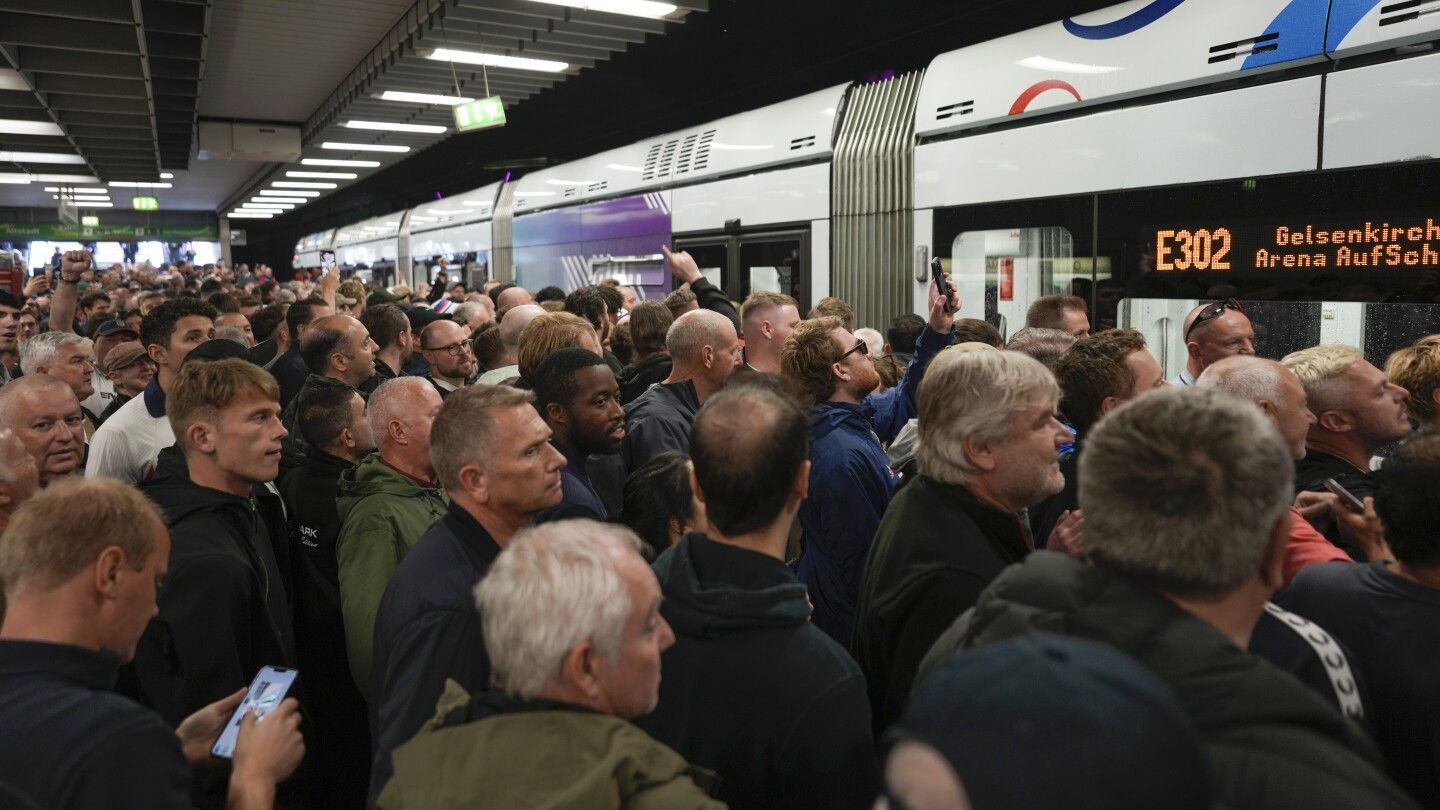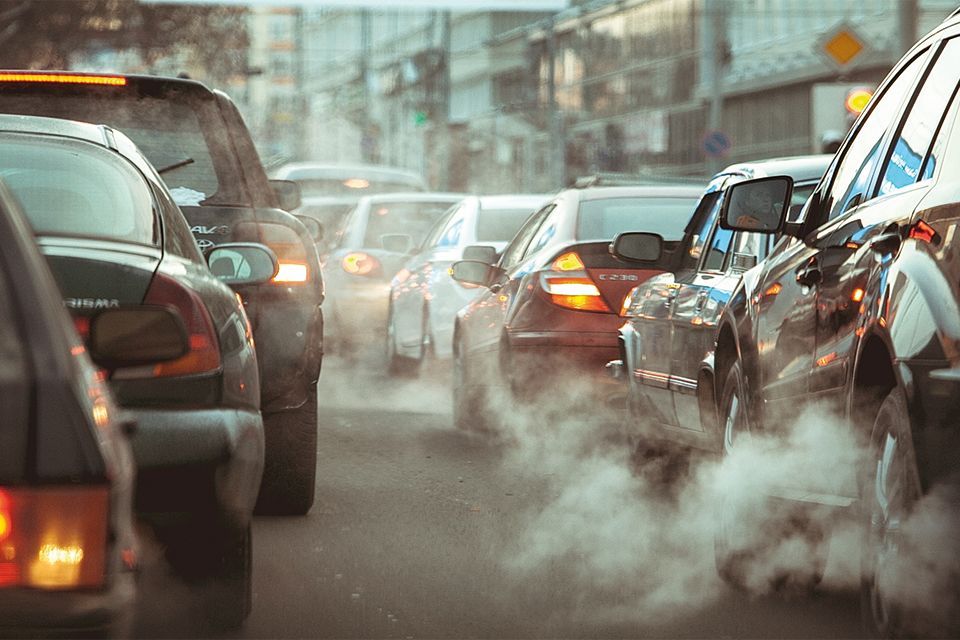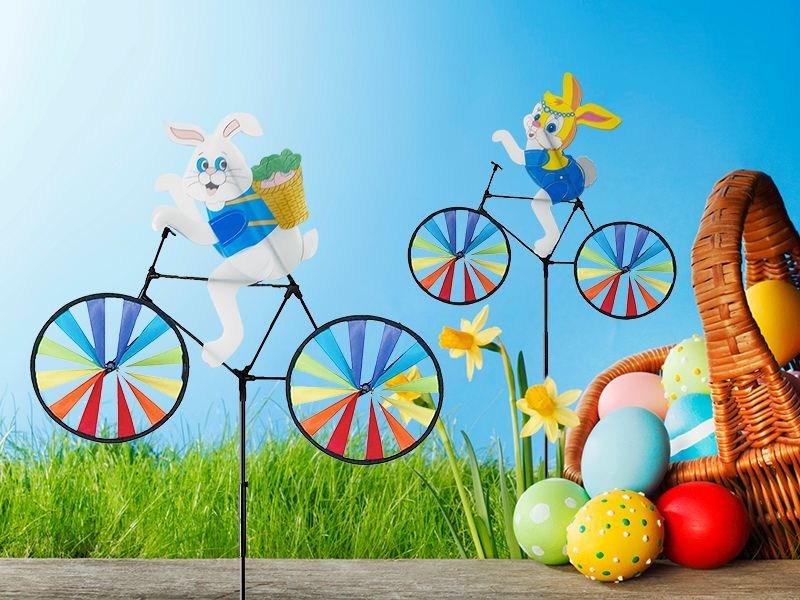Progress in future mobility: Will technological hurdles or policy maker's resistance to change be the blocker?

As the world grapples with pressing issues like climate change, urban congestion, and the need for sustainable mobility options, the future of transport solutions is more critical than ever. Innovations in technology promise to transform how we move people and goods, yet the pace of change often seems sluggish.
This was a recurring theme across the 2-days of the recent UK Future Transport Forum 2025 in Southampton, hosted by Solent Transport where the local authorities delivering the Department for Transport's Future Transport Zone programme were sharing their experiences to date.
It got us at In the Round thinking - Is technological over-complication the barrier to progress future, or is political risk aversion and government red tape the thing that will hold us back?
The technological landscape
The transport sector is witnessing remarkable technological advancements that can significantly enhance mobility. Innovations such as electric vehicles (EVs), autonomous vehicles (AVs), micro-mobility such as e-scooters and e-bikes, Mobility as a Service (MaaS) and smart infrastructure are paving the way for a more efficient and sustainable future.
- Electric Vehicles (EVs): The shift from internal combustion engines to electric propulsion is not just a trend; it’s a necessity for reducing greenhouse gas emissions. With advancements in battery technology, EVs are becoming more affordable and practical for everyday use.
- Autonomous Vehicles (AVs): The potential for AVs to reduce accidents and optimize traffic flow is immense. Companies are investing heavily in developing safe and reliable AV technology, which could reshape urban transport.
- Electric micro-mobility: E-scooters and e-bikes are now common place and the discussions about things like battery life and inappropriate speeding are falling away. Their role as part of an integrated transport system for last mile and longer journeys now seems established.
- Mobility as a Service: The ability to offer users seamless planning, booking and paying experiences via multi-modal MaaS Apps is now technologically established. As is the ability to knit together the technologies of multiple transport service providers and to use said technologies to positively influence travel choices.
- Smart Infrastructure: The integration of technology into transport infrastructure—such as smart traffic lights or in road wireless charging of EV's — can improve efficiency and enhance user experience.
However, while the technology exists, the widespread adoption of these solutions often faces hurdles.
Risk aversion, bureaucracy and decision-making paralysis risking progress
Government policies play a crucial role in shaping transport systems the world over. While technological innovation is crucial, the lack of supportive policies, procurement systems and fear of failure can stifle progress. Here are some ways this resistance manifests:
- Regulatory Hurdles: Policies can lag behind technological advancements, creating a mismatch between what is possible and what is permissible. For example, regulations surrounding MaaS can be overly cautious, hindering trials and deployment.
- Funding and Investment: Governments may prioritize traditional transport infrastructure over innovative solutions. Insufficient funding for EV charging stations or micro-mobility seed-corning can slow down the transition to sustainable options.
- Lack of ambition: While trial projects and accelerator programmes tantalise many with a glimpse of what might be possible the ability for government to then act quickly to embed new ways falls foul of traditional coat-benefit analysis and outmoded business case analysis. The freedoms to just ‘get on with it’ with appropriate safe guards in place do not exist. A slow build to an unknown future seems to take precedent over a vision-led determination to succeed.
- Public Perception and Fear: Policymakers often respond to public concerns, which can sometimes be rooted in fear of the unknown. Resistance to new technologies, such as AVs, micro-mobility and MaaS can stem from safety or security concerns, leading to stricter regulations that limit innovation.
- Bureaucratic Inertia: Large government structures can be slow to adapt, leading to a culture resistant to change. This inertia can result in missed opportunities for implementing new technologies that could benefit society.
So, is there a gap between the rate of change made possible by technology and the ability of policy-makers to keep up (at best) or to want to adapt and adopt (at worse)?

Bridging the Gap
To overcome the barriers, a collaborative approach is essential. Some possible strategies to facilitate the adoption of future mobility solutions could include:
- Public-Private Partnerships: Collaboration between government bodies and private companies can accelerate innovation. By pooling resources and expertise, stakeholders can develop and implement new technologies more effectively.
- Pilot Programmes: Correctly managed they do offer a good way forward. Governments can initiate trials to test new technologies and new approaches in controlled environments. These programmes can provide valuable data and build public trust, paving the way for broader adoption. But, a new phased approach is required where successful pilots are enabled to continue and grow if early indications are positive - rather than wait until the end of a trial to know if continuation is likely.
- Inclusive Policy-making: Engaging communities in the policy-making process can help address public concerns and create more informed regulations. This approach can foster a sense of ownership and acceptance of new transport solutions.
- Education and Awareness: Promoting awareness about the benefits of new technologies can help shift public perception. Educational campaigns can inform citizens about the safety and efficiency of innovations like AVs and smart transport systems. Who can forget the UK backlash to ‘Low traffic neighbourhoods’ being seen as anti-car? Would the response to schemes called ‘Pro-people neighbourhood’ have been met with the same resistance?
Conclusion
As the UK’s Future Transport Forum 2025 demonstrated, there is great promise, driven by technological advancements that can revolutionise mobility. However, the pace of change is often hindered by government resistance, policy makers lack of ambition and regulatory challenges. By fostering collaboration, embracing innovative policies, and engaging communities, there is the hope that the gap between technology and implementation can be bridged.
Ultimately, the success of future transport solutions will depend on our ability to adapt to new realities. By overcoming barriers—whether they stem from technology or government—we can pave the way for a more sustainable, efficient, and inclusive transport system that meets the needs of all citizens. The journey ahead may be complex, but with determination and cooperation, we can navigate it successfully.
At In the Round we continue to enjoy supporting our clients in delivering the UK Department for Transport Future Transport Zones programmes. If you would like to know more then please say hello@intheround.global.
















